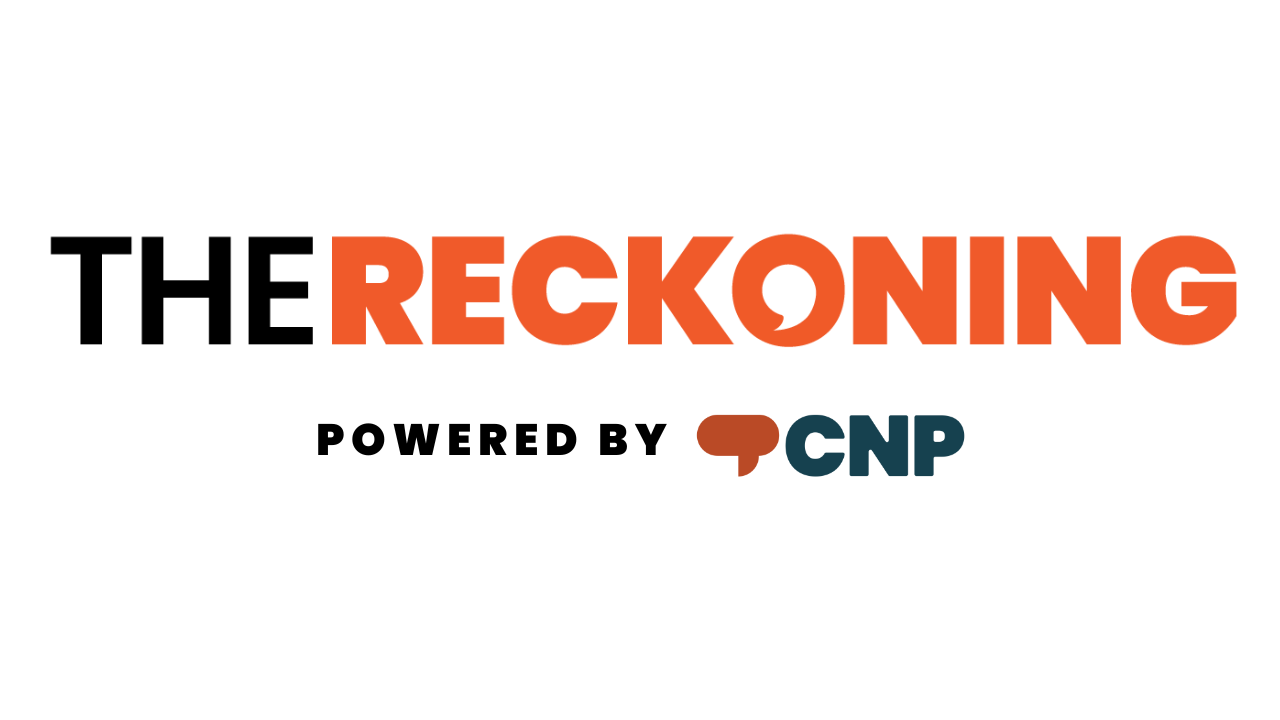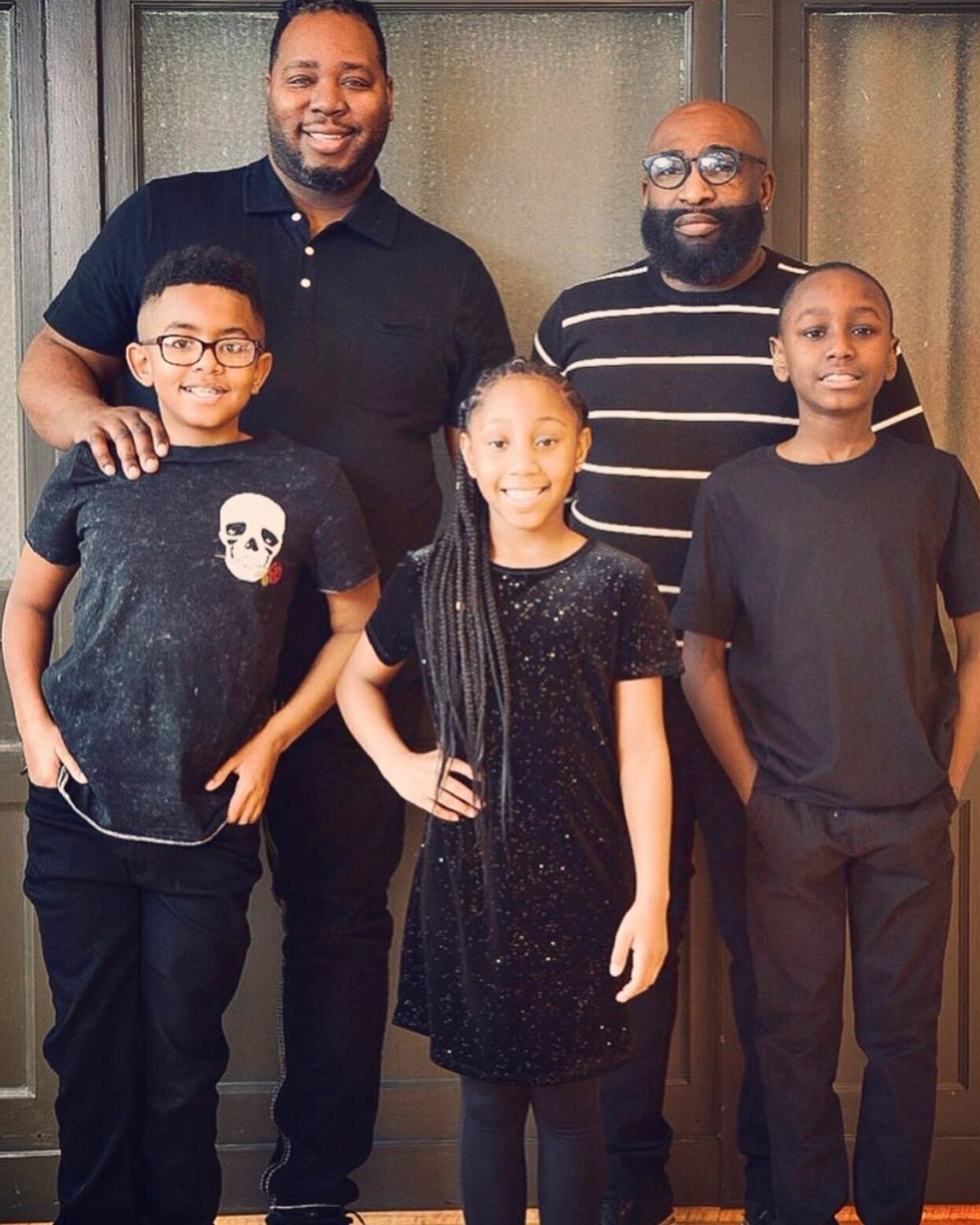Atlanta LGBTQ+ Couples Featured In Jamal Jordan’s ‘Queer Love In Color’

“How can you believe in something you’ve never seen?”
It’s a question that plagued a young Jamal Jordan during his formative years in Mobile, Alabama as he acknowledged his same-sex attraction as the thing that made him different from some of the other boys in the Gulf Coast community that he called home. The something that he’d never seen was queer couples of color. It would be decades after a young Jordan’s initial realization of the erasure of Black LGBTQ+ couples in mainstream media that the adult journalist would take control of the narrative in a viral story for The New York Times, and the subsequent book by the same title.
Released in May 2021 by Ten Speed Press, Queer Love in Color features photographs and stories of couples and families across the United States, Canada, and South Africa. The collection offers an intimate look at what it means to live at the intersections of queer and POC identities today.
“I traveled tens of thousands of miles across the world to meet queer couples and families of color for this project,” writes Jordan in Queer Love In Color. “Their stories range widely, but one thing kept coming up. The feeling that on some level, finding love, felt impossible.”
Atlanta was one of several cities that Jordan visited, ultimately interviewing five local couples that made it into print. The Reckoning was able to connect with two of the couples. Jordan’s book opens with a somber reflection from Aimee, an Atlanta Black lesbian who appears with her wife Denecia, (Jordan’s couples are only identified by their first names in the book), in a moment that reinforces the need for Queer Love in Color to exist.
“As a visual journalist, I believe pictures can connect with people in a way that other forms of media can’t. To this end, I decided to give a gift to my younger self: the imagery of queer love I’ve never seen.”
“I never saw Black queer people as objects of desire,” Aimee tells Jordan.
“I never thought that someone would want to love me or someone who looked like me. I thought for a very long time that my only hope in finding companionship was to convince a white person to love me,” she says.
Aimee’s reflection isn’t hyperbole. But one that is likely to resonate with many queer couples of color who are severely underrepresented in media compared to their white counterparts. The visibility of queer people of color is especially important for queer youth, as Jordan notes in an interview with PBS News Hour.
“I don't think that I'm overstating it and saying that for a lot of people, particularly younger people, it can really be a matter of life or death,” says Jordan.
“In tying the stories in the book together, I learned just how common it was for the people in it to feel they'd grown up and never heard a positive thing about being a queer person of color or actively had people tell them that they had less value, their love would be impossible. And I think that there's such a radicalizing power of being able to say, look, there are people like you. They exist all over the world,” he says.
Possibility Models
Atlanta couple Mashaun and Elvis, are an example of the possibility models that queer youth of color deserve to see and are featured prominently in Jordan’s book. Mashaun, an ordained minister and journalist (and the newest addition to The Reckoning’s editorial team), and his husband Elvis, a consumer experience coach, share details about the early stages of their seven-year relationship before they officially cemented their bond through marriage.
Like every relationship that has its difficulties, the pair exercised what they call “radical honesty” along with therapy sessions to unpack their individual baggage to become the type of partner they needed to be for each other. A man of size, the images of Mashaun in Queer Love in Color as he is embraced by his husband, a brown-skinned bald Black man, shouldn’t be a revolutionary image, but it is, and it’s a glorious sight to behold.
“I think as a couple it means a lot to us. We are not a couple that is well known or considered to be a ‘power couple.’ We do our own thing. It’s great to be noticed for just being ourselves without being known as a social media couple.”
“I think as a couple it means a lot to us,” says Elvis of their inclusion in Jordan’s book. “We are not a couple that is well known or considered to be a ‘power couple.’ We do our own thing. It’s great to be noticed for just being ourselves without being known as a social media couple,” he adds.
For Mashaun, the magnitude of being an out couple was felt years before he and Elvis graced the pages of Queer Love In Color.
"When we got married, what I realized was that for most of the people in attendance, it was the first time they had witnessed two same gender loving Black men get married," he says. "In that moment, I realized we were impacting lives and perspectives and being included in Jamal’s project is simply an extension of that. It is humbling."
“As a visual journalist, I believe pictures can connect with people in a way that other forms of media can’t,” writes Jordan. “To this end, I decided to give a gift to my younger self: the imagery of queer love I’ve never seen.”
If seeing queer couples of color is a gift, then seeing couples with children is a bonus. Another Atlanta gay couple, Jason and Anthony, provides a preview of what’s possible for Black gay couples who are interested in becoming parents. At the time they were interviewed by Jordan, their family only included 11-year-old Marcelino, but has since expanded to include Jae’Den, 11, and Jaylah, 9, “the princess of the house.”
Together since 2006, the couple initially met in church and later connected on a Party Line, a telephone service used by gay men in the pre-dating app era. The couple details their 15-year relationship, the reconciliation of their faith with their sexual orientation, and their journey from becoming a couple to a party of three with the adoption of their first child Marcelino.
The Reckoning spoke with Jason and Anthony about being included in Queer Love In Color and the reactions they’ve received from people who have read their story.
“We thank Jamal for selecting us. Representation matters. We often see white gay men and women with their families but not minorities,” says Jason.
The couple says they’ve only received positive feedback for their participation in Jordan’s book. But also notes that they are “not people who look down in the comments [online] to see all reactions.”
As for Jordan, the feedback he’s received has been incredibly moving, often receiving it from readers at the most random hours of the day.
“In the months that followed the story's publication, I started to meet all kinds of queer couples and families,” writes Jordan in Queer Love In Color. “People eager to tell their own stories, to bond over the shared experiences of feeling invisible, fighting to love themselves. One person who recognized me from my Twitter profile photo introduced me to his boyfriend as I stood in line for pizza at 4:45 am after a disappointing night of dancing at a forgettable club in Bushwick, Brooklyn. ‘I just wanted you to know our love exists,’ he told me.”
Indeed it does. And if there was ever any doubt, the proof is now documented for future generations of Black LGBTQ+ people inside the pages of Queer Love In Color.
Editor’s Note: The Reckoning was in conversation with Jamal Jordan to be interviewed for this story. However, scheduling conflicts did not permit his participation.

